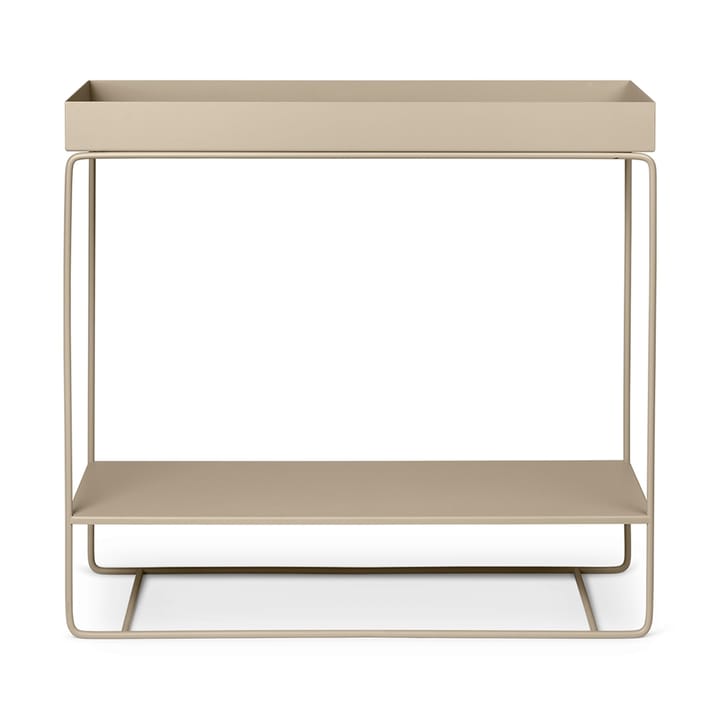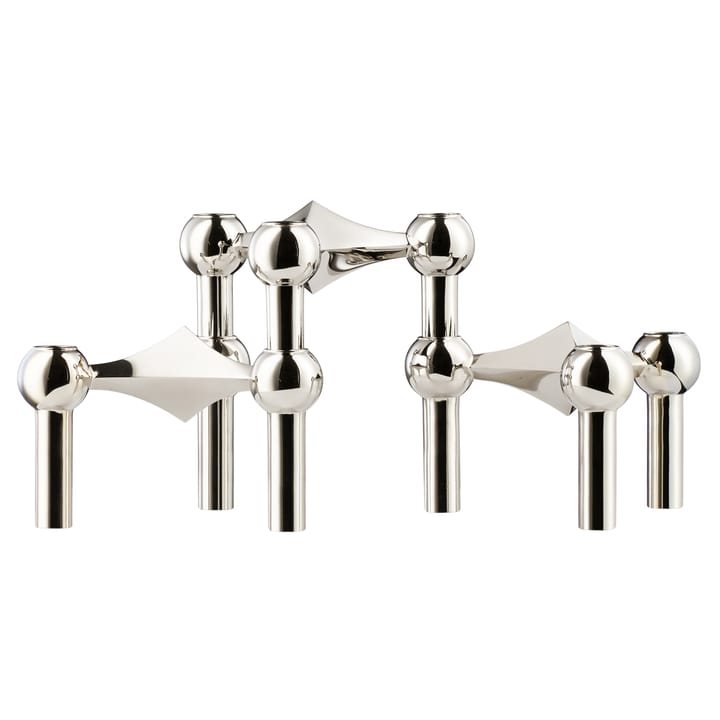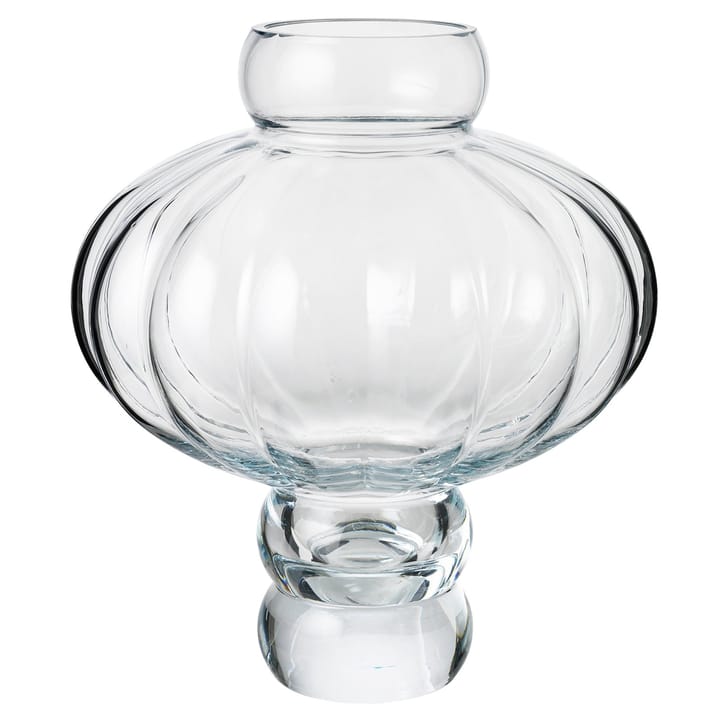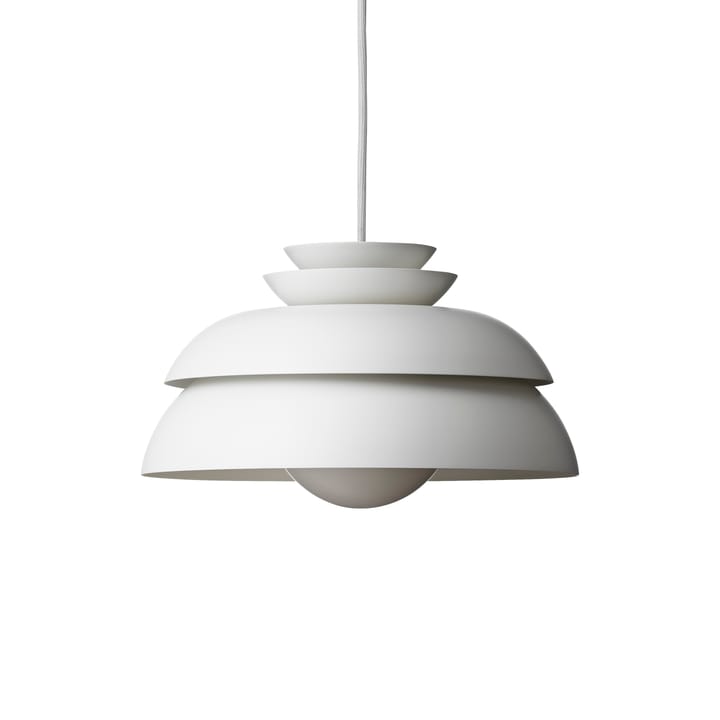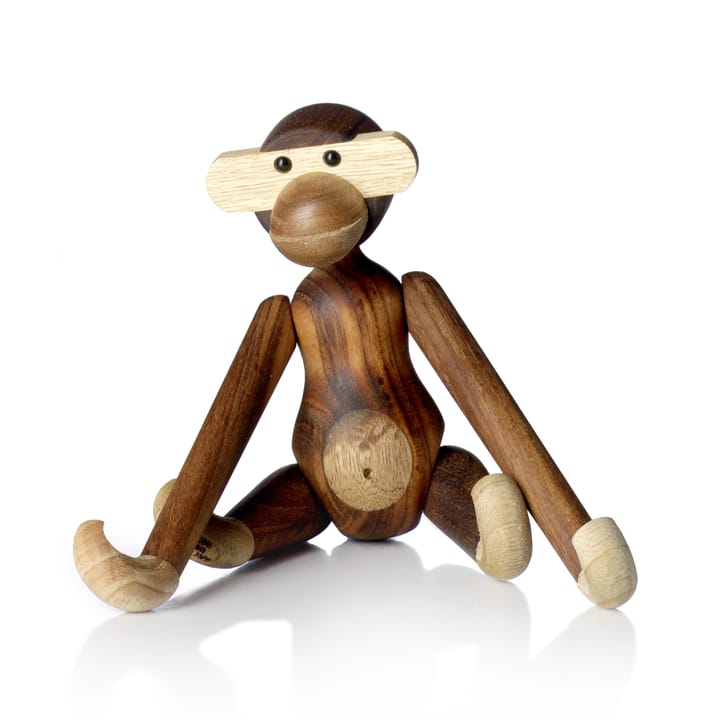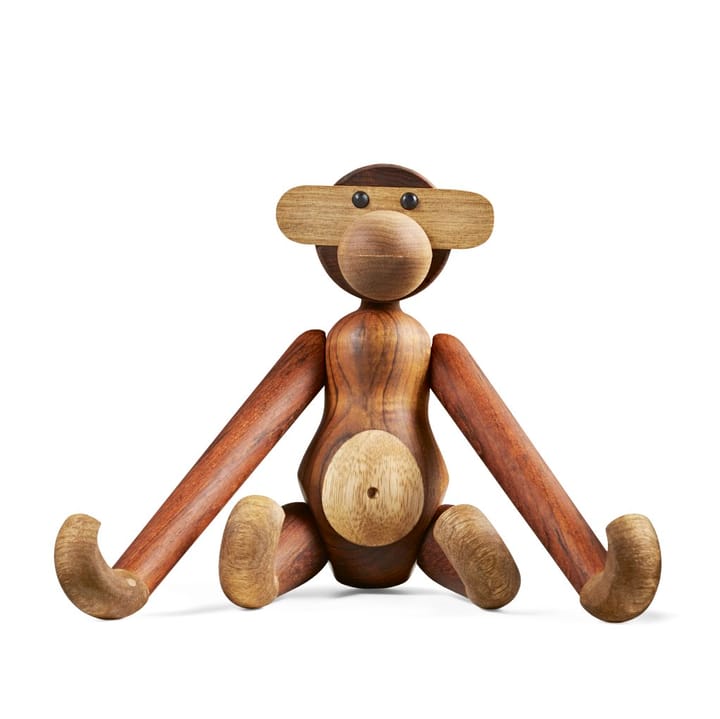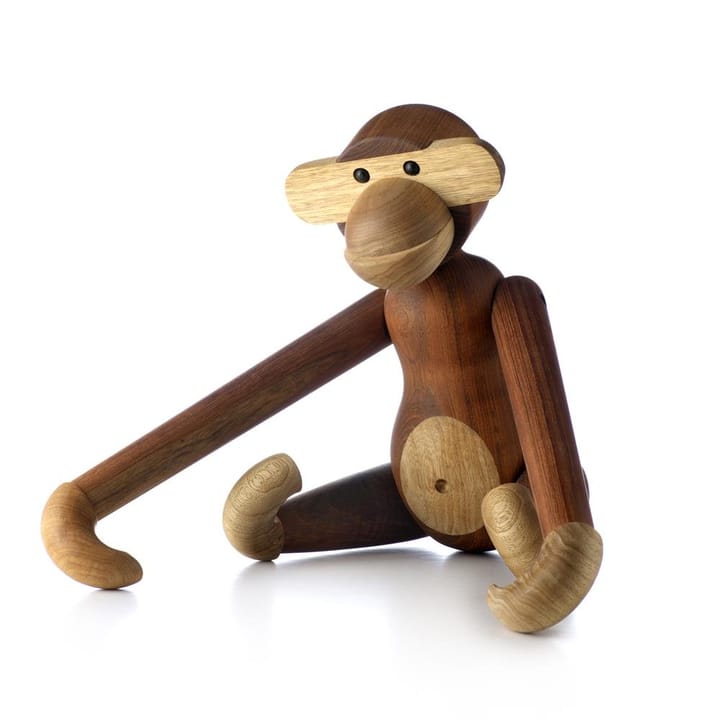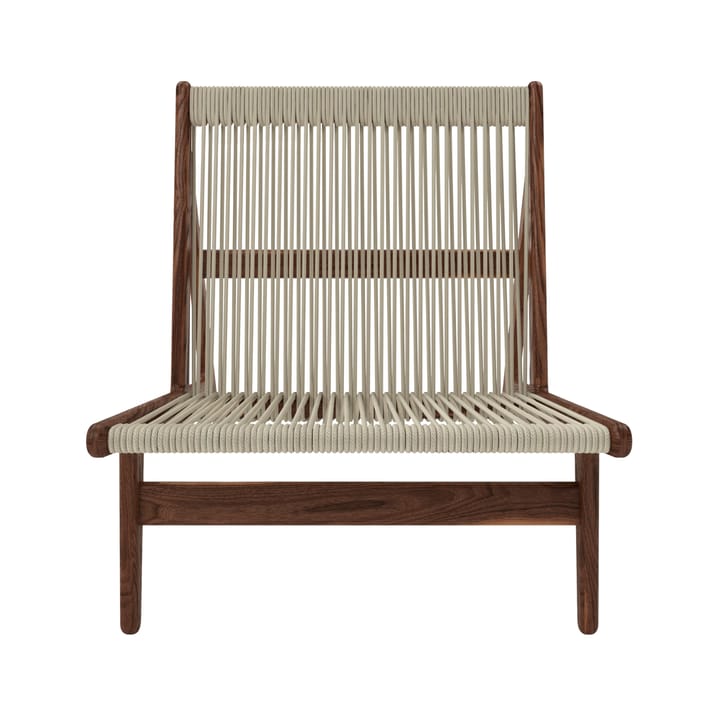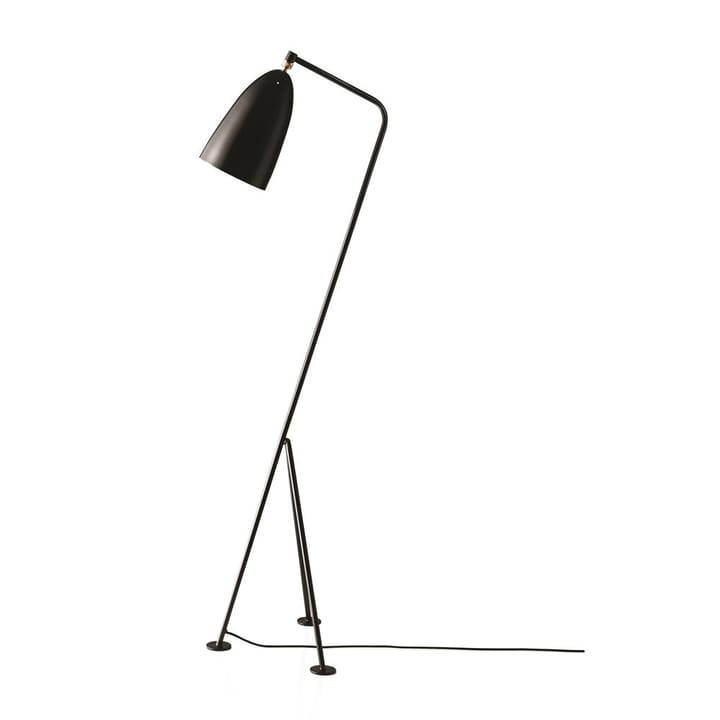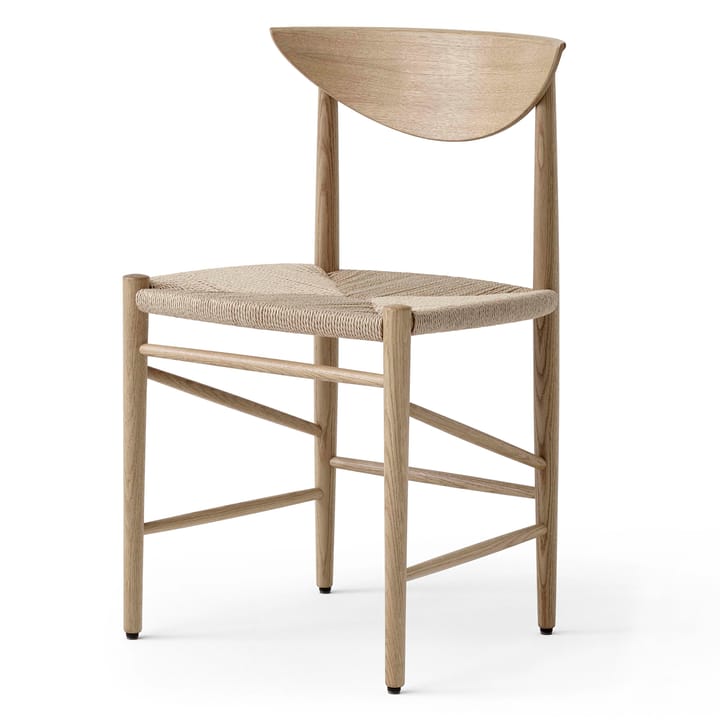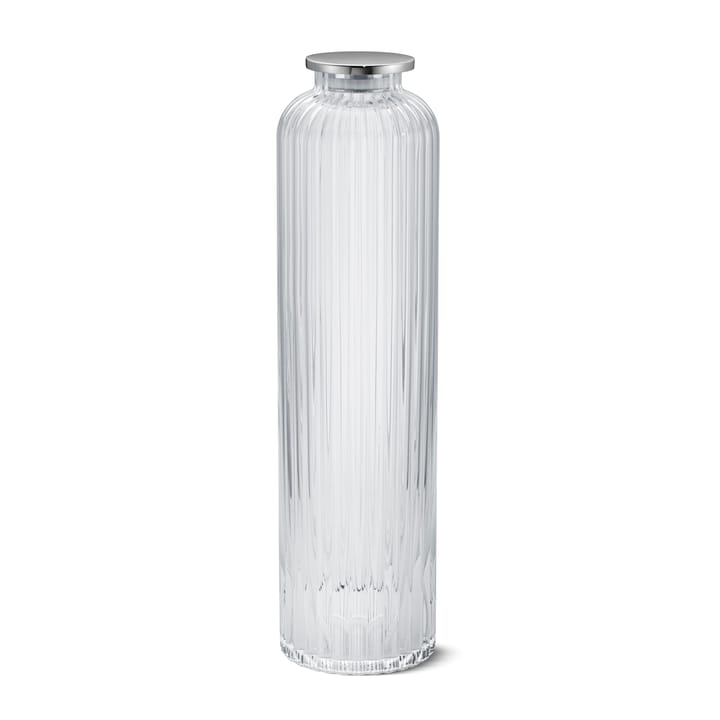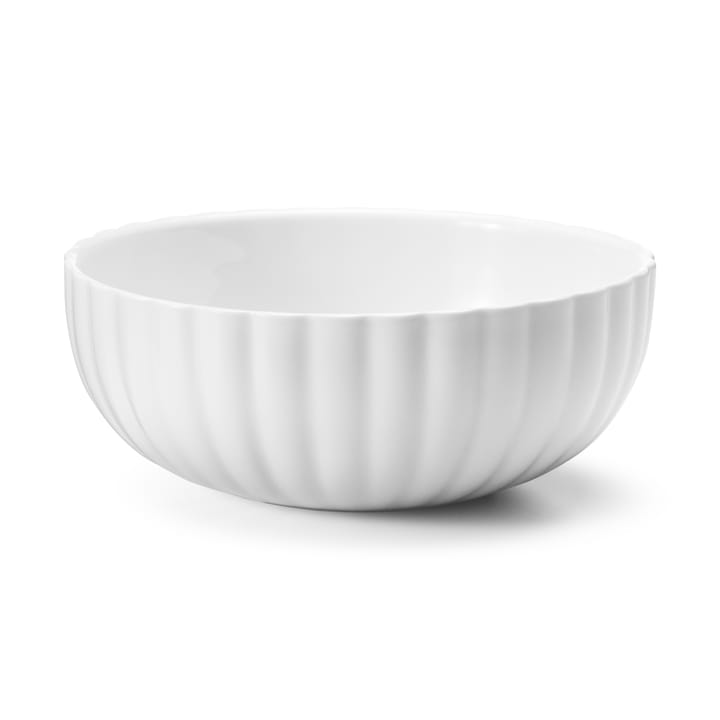FREE SHIPPING FOR ORDERS OVER $199
60 DAYS RETURN POLICY
5% OFF FOR NEWSLETTER-SIGN UP
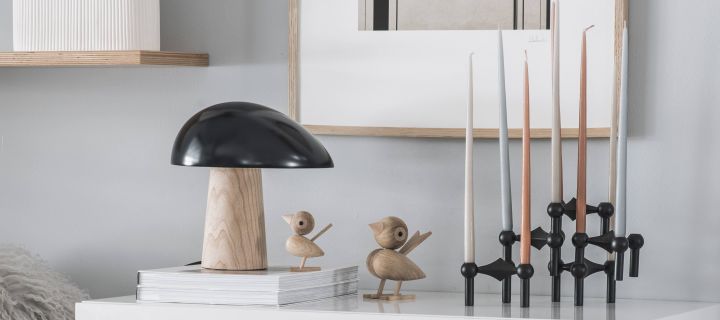
Danish Design
WHAT IS DANISH DESIGN?
WHAT MAKES DANISH DESIGN SO SPECIAL?
Danish design has retained its relevance and appeal since the 1950s, and it's not hard to understand the fascination! Danish design has always been characterised by its ability to understand and simplify everyday life. Whether it's through stackable drinking glasses, a functional lamp that disperses light in the best possible way, or the timeless chair that is passed down through generations - Danish design changes and adapts to our everyday lives, while remaining true to its roots and philosophies.
But what makes Danish design so unique? It could be the perfect balance between accessibility, functionality and simplicity. The fundamental principles that define Danish design remain just as relevant to us, and the home will always be the centre of our lives.

The portable Carrie lamp from Audo Copenhagen, a modern Danish design classic.
THE TOP 6 DANISH DESIGNERS YOU NEED TO KNOW
Denmark is the origin and home to countless designers that are popular around the world. However, some stand out and have managed to dominate the Danish design world since the 1950’s.
1. Arne Jacobsen
This goes without saying, we know, but he simply cannot go unmentioned. He seems to have done it all; architecture, lighting, furniture, typography and accessories. His designs are simple, yet unmistakable. Once you know it, you will always be able to point out an Arne Jacobsen piece.
2. Henning Koppel
Henning Koppel is best known for his minimalistic and sweeping asymmetrical designs. During his long-term collaboration with Georg Jensen, he produced many varied designs ranging from jewellery and watches to household and silver items. His elegant and timeless designs are as popular today as ever.
3. Jørn Utzon
Jørn Utzon might be most known for his iconic work at the Opera house in Sydney, but he has also designed lamps that have become modern classics. The Utzon lamp for the brand &Tradition, for instance, is popular around the globe.
4. Greta Grossman
Greta Grossman stood out as one of the most influential female figures within a male-dominated Danish design world. She is most known for her iconic Gräshoppa and Cobra lamp designs for the Danish brand Gubi.
5. Verner Panton
Verner Panton is the designer behind the iconic FlowerPot collection by &Tradition. The design originates in 1969 but is still just as modern today. In recent years, &Tradition has introduced new colours to the line.
6. Georg Jensen
Georg Jensen, a silversmith from Denmark, is the founder behind the brand Georg Jensen A/S. The iconic steel and silver designs are unmistakable and popular around the world.
7. Kay Bojesen
Known for his charming wooden figurines, Kay Bojesen is also recognised for his contribution to Danish design as a former silversmith.

Night Owl from Fritz Hansen a popular Danish design classic!
8. Fritz Hansen
Fritz Hansen was a cabinetmaker who started the brand of the same name in 1872. Today, this much-loved Danish brand is recognised as a pillar of Danish design, and every Fritz Hansen product is created to be a work of art for generations to enjoy.
Learn more about Fritz Hansen here!
9. Svend Hammershøi
Svend Hammershøi was an artist and potter who worked with Kähler from 1983 until his death in 1948. During this time, he created a number of iconic designs, which among other things have inspired the popular Hammershøi series.
THE MODERN DANISH DESIGN BRANDS WE LOVE
Danish design might have had its golden age in the 50s, 60s and 70s, but we would argue that this phenomenon never ended. Danish design is just as, if not even more popular today and new Danish design brands are hitting the scene daily. Here are the top 5 news-comer brands that you need to know about:
- Broste Copenhagen
- Normann Copenhagen
- House Doctor
- Umage
- Ferm Living
So, what makes Danish design so special? It might just be the perfect combination of attainability, functionalism and simplicity. The pillars that make up Danish design are and stay relevant to us as a society, and a home will always be the focal point of our lives.
Written by: Annika Krause
Photo: Angeliqa Daldorph, Sophie Ottosson, Gubi, &tradition, Georg Jensen, Fritz Hansen, Ferm Living

